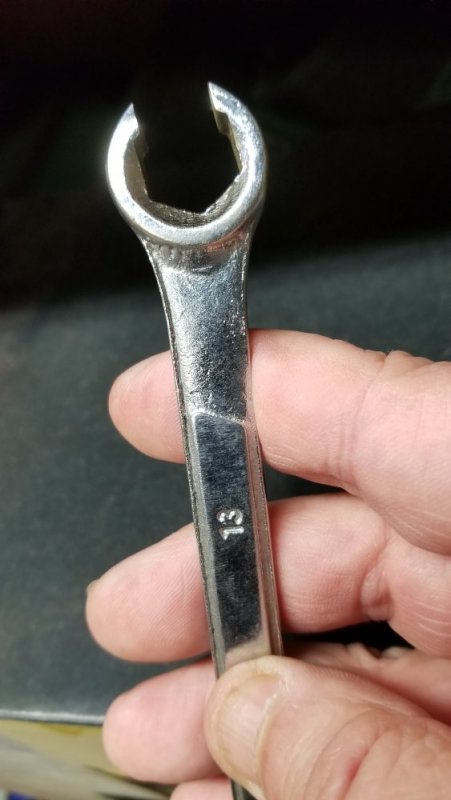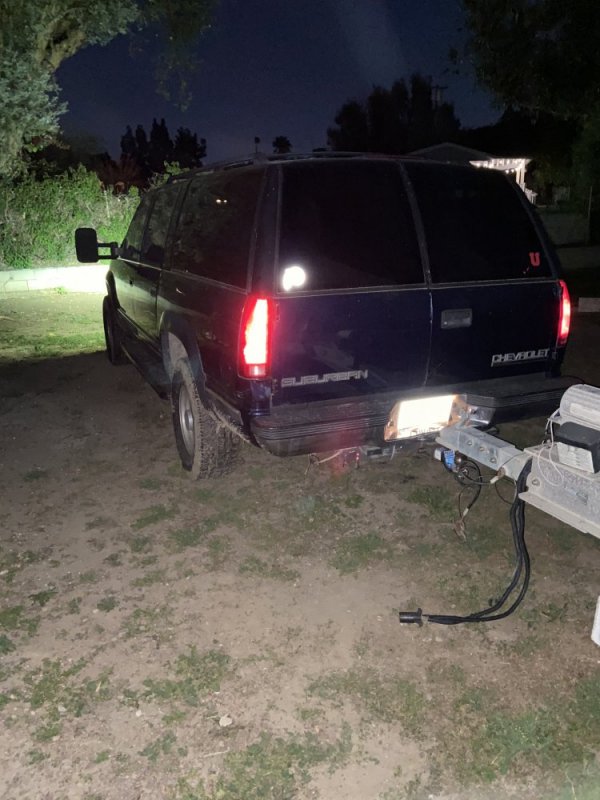Big T
Well-Known Member
I've always been able to use a 19mm flare nut wrench with an offset handle.
Not familiar with a flare nut wrench.
Anyway, after pulling the IP I cleaned up and showered to go watch the grandson's season opener for T-ball. I got there as they were clearing the field acting as if I saw the whole thing. My wife spent the game talking with in-laws.
I got the crow's foot wrenches after the game. I could have tried to install the pump from the '95, but my foot was screaming from standing on a step stool and leaning over the engine. 80 days out from surgery which included achilles bone spur debridement where the achilles was partially detached from the heel. That type of movement and work really aggravates it. I'll install the IP from the '95 engine next weekend.



